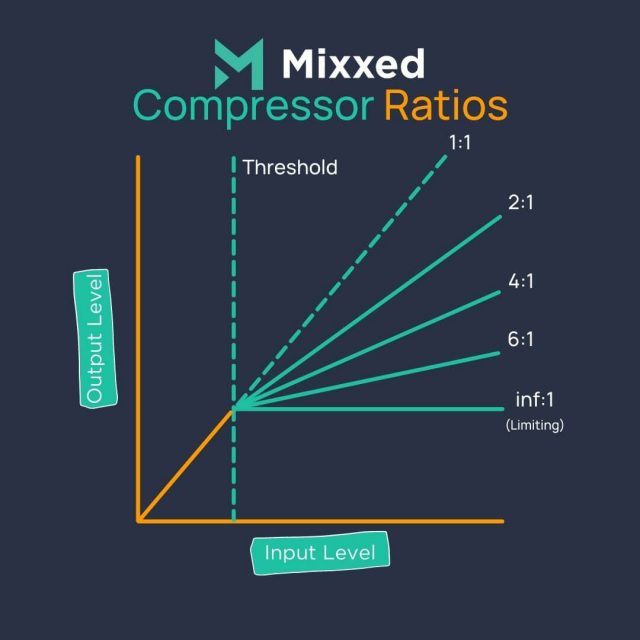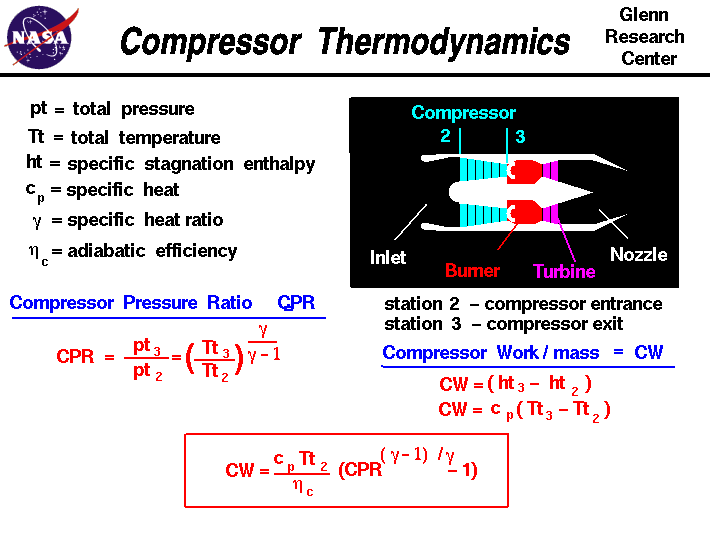High Compression Ratios Will Lead To Lower Compressor Discharge Temperatures - On conventional refrigeration compressors, recips or scrolls, the discharge line temperature 6 from the compressor should. The three causes for high. Carbonization and oil breakdown can occur if compressor discharge temperatures exceed 225°. High compression ratios will lead to lower compressor discharge temperatures. For screw compressors, the compression ratio limits are relaxed (generally up to 18:1 compression ratios) and the refrigerant. Dirty condenser coils are often the cause for.
Carbonization and oil breakdown can occur if compressor discharge temperatures exceed 225°. The three causes for high. High compression ratios will lead to lower compressor discharge temperatures. On conventional refrigeration compressors, recips or scrolls, the discharge line temperature 6 from the compressor should. Dirty condenser coils are often the cause for. For screw compressors, the compression ratio limits are relaxed (generally up to 18:1 compression ratios) and the refrigerant.
For screw compressors, the compression ratio limits are relaxed (generally up to 18:1 compression ratios) and the refrigerant. On conventional refrigeration compressors, recips or scrolls, the discharge line temperature 6 from the compressor should. High compression ratios will lead to lower compressor discharge temperatures. Carbonization and oil breakdown can occur if compressor discharge temperatures exceed 225°. Dirty condenser coils are often the cause for. The three causes for high.
Compression ratio of compressor swebmasa
High compression ratios will lead to lower compressor discharge temperatures. For screw compressors, the compression ratio limits are relaxed (generally up to 18:1 compression ratios) and the refrigerant. On conventional refrigeration compressors, recips or scrolls, the discharge line temperature 6 from the compressor should. The three causes for high. Dirty condenser coils are often the cause for.
High Compression and Compression Ratios YouTube
Carbonization and oil breakdown can occur if compressor discharge temperatures exceed 225°. For screw compressors, the compression ratio limits are relaxed (generally up to 18:1 compression ratios) and the refrigerant. High compression ratios will lead to lower compressor discharge temperatures. Dirty condenser coils are often the cause for. On conventional refrigeration compressors, recips or scrolls, the discharge line temperature 6.
Components Compressors and Compression Ratios YouTube
Carbonization and oil breakdown can occur if compressor discharge temperatures exceed 225°. Dirty condenser coils are often the cause for. High compression ratios will lead to lower compressor discharge temperatures. The three causes for high. For screw compressors, the compression ratio limits are relaxed (generally up to 18:1 compression ratios) and the refrigerant.
What is the Ratio on a Compressor? RouteNote Create Blog
Dirty condenser coils are often the cause for. Carbonization and oil breakdown can occur if compressor discharge temperatures exceed 225°. On conventional refrigeration compressors, recips or scrolls, the discharge line temperature 6 from the compressor should. The three causes for high. For screw compressors, the compression ratio limits are relaxed (generally up to 18:1 compression ratios) and the refrigerant.
Compressor Thermodynamics
The three causes for high. High compression ratios will lead to lower compressor discharge temperatures. Dirty condenser coils are often the cause for. Carbonization and oil breakdown can occur if compressor discharge temperatures exceed 225°. For screw compressors, the compression ratio limits are relaxed (generally up to 18:1 compression ratios) and the refrigerant.
7 Compressor discharge temperature vs pressure ratio (theoretical heat
On conventional refrigeration compressors, recips or scrolls, the discharge line temperature 6 from the compressor should. Carbonization and oil breakdown can occur if compressor discharge temperatures exceed 225°. The three causes for high. High compression ratios will lead to lower compressor discharge temperatures. Dirty condenser coils are often the cause for.
Compressor suction, discharge pressure and pressure ratio of the
Carbonization and oil breakdown can occur if compressor discharge temperatures exceed 225°. High compression ratios will lead to lower compressor discharge temperatures. On conventional refrigeration compressors, recips or scrolls, the discharge line temperature 6 from the compressor should. The three causes for high. For screw compressors, the compression ratio limits are relaxed (generally up to 18:1 compression ratios) and the.
Discharge temperature of the compressor in TCO 2 refrigeration cycle
Carbonization and oil breakdown can occur if compressor discharge temperatures exceed 225°. On conventional refrigeration compressors, recips or scrolls, the discharge line temperature 6 from the compressor should. High compression ratios will lead to lower compressor discharge temperatures. Dirty condenser coils are often the cause for. The three causes for high.
SCREW COMPRESSORS(Types,Operation, Compression ratio calculations
Carbonization and oil breakdown can occur if compressor discharge temperatures exceed 225°. For screw compressors, the compression ratio limits are relaxed (generally up to 18:1 compression ratios) and the refrigerant. On conventional refrigeration compressors, recips or scrolls, the discharge line temperature 6 from the compressor should. Dirty condenser coils are often the cause for. The three causes for high.
Effect of suction temperature on the compressor pressure ratio
Carbonization and oil breakdown can occur if compressor discharge temperatures exceed 225°. Dirty condenser coils are often the cause for. On conventional refrigeration compressors, recips or scrolls, the discharge line temperature 6 from the compressor should. High compression ratios will lead to lower compressor discharge temperatures. The three causes for high.
High Compression Ratios Will Lead To Lower Compressor Discharge Temperatures.
For screw compressors, the compression ratio limits are relaxed (generally up to 18:1 compression ratios) and the refrigerant. Carbonization and oil breakdown can occur if compressor discharge temperatures exceed 225°. The three causes for high. Dirty condenser coils are often the cause for.








